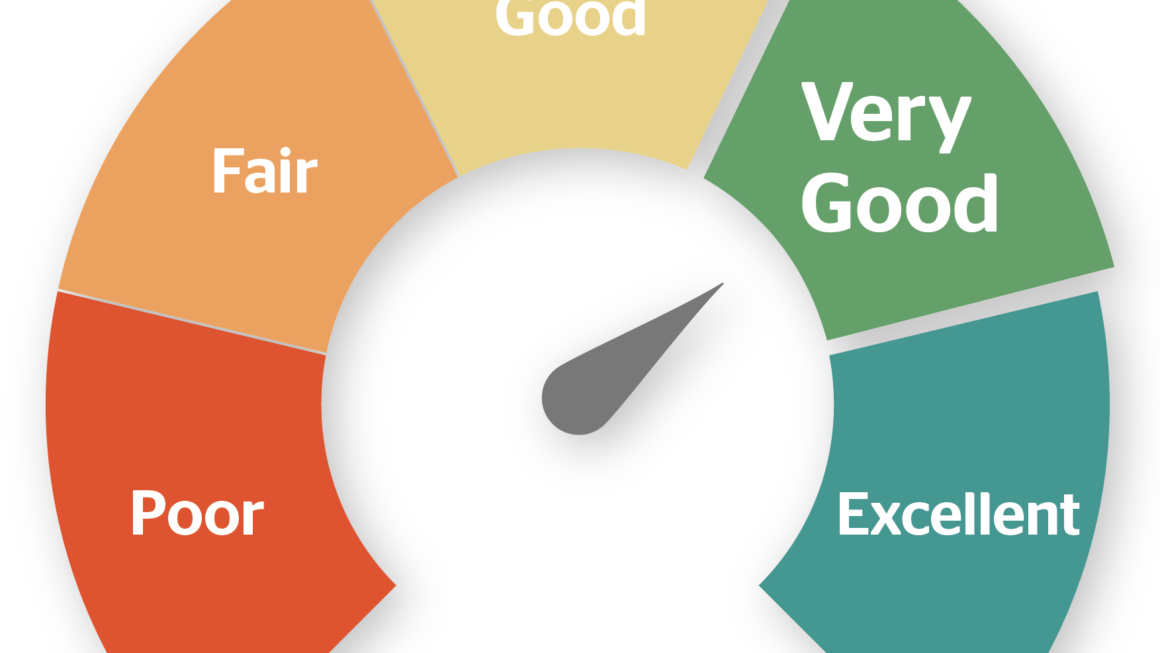The technique of producing new bitcoins via the solution of exceedingly difficult mathematical problems is known as bitcoin mining. An agreed-upon quantity of bitcoin is given to each successful bitcoin miner. Since its inception in 2009, Bitcoin has grown in popularity because of its violent price fluctuations and soaring worth.
It’s only natural that as the value of cryptocurrencies, particularly Bitcoin, has risen, so has the need for mining equipment. However, because of its complexity and high cost, Bitcoin or cryptocurrency mining does not seem to be an attractive career option for most of the population.
In this article, we’ll explain how Bitcoin mining works, as well as some of the most common risks!
Statistical Data About Bitcoin Mining So Far
- For validating a new block on the Bitcoin network, a miner presently gets 6.25 Bitcoin ($250,000 as of April 2022).
- Cryptocurrency mining requires more power than either Ukraine or Norway, at 143.5 terawatt hours annually, according to the Cambridge Bitcoin Electricity Consumption Index.
- A single bitcoin will need nine years’ worth of average home power use to be mined by August 2021.
- Since its inception, the value of Bitcoin has fluctuated wildly. There were lows in 2020 of $4,107 before rising to $68,790 in November 2021. For $40,0000 in April 2022, it was being exchanged.
- A hash’s chances of being solved are one in 22 trillion.
- By the end of August 2021, the United States accounted for 35.4% of all cryptocurrency mining activity, followed by Kazakhstan (18.1%) and Russia (11.2%), according to the Cambridge Electricity Consumption Index.
Understanding Cryptocurrency – Bitcoin
Cryptocurrencies, which are digital currencies that exist only online, are becoming more popular. Bitcoin is one of the most prominent. To keep track of Bitcoin stock transactions, a decentralised computer network or distributed ledger must be used. It is via this process of mining that fresh bitcoins are generated. The networked computers, often known as “miners,” are responsible for processing the transaction in return for Bitcoin.
Blockchain is the technology behind numerous cryptocurrencies, including Bitcoin. A blockchain is a distributed record of all transactions made on a network without any central authority. Blocks of authorised transactions are linked together to form a chain. You may think of it as a kind of long-term receipt or long-term public record. When a block is added, it is known as “mining.”
How Does Bitcoin Mining Function?
Miners compete to solve incredibly difficult math problems that demand costly computers and a lot of power to properly add a block to the Bitcoin value network. To finish the mining process, miners must arrive at the right or nearest solution to the query first. Proof of work is the act of correctly estimating a number (hash). To determine the target hash, miners must use a significant amount of computational power to make several guesses at random. The more people that join the network, the more difficult it becomes. There is a $10,000 price tag for the ASICs, or application-specific integrated circuits. As a result of the high-power consumption of ASICs, environmentalists and miners alike have expressed concern about the impact this has on the bottom line.
For every block added to the blockchain by a miner, they will be rewarded with 6.25 bitcoins. Every 4 years, or every 210,000 blocks, the award value is reduced by half. Bitcoin was trading at roughly $40,000 in April 2022, making 6.25 bitcoins worth close to $250,000 at that time.
What Is the Profitability of Mining Bitcoin?
It all depends on what you’re looking for. Even if Bitcoin miners succeed, it’s not certain that their efforts will be lucrative because to the high upfront expenditures of equipment and the continuous power bills. It is estimated that one ASIC may consume the same amount of power as half a million PlayStation 3 systems, according to an official report from the CRS in 2019.
Since bitcoin mining has become more difficult and complicated, the amount of computer power needed has also risen. Cryptocurrency mining uses 143.5 terawatt hours of power per year, which is more than some nations’ total. As of August 2021, it would take an average American family 9 years’ worth of power to mine one bitcoin.
Mining pools are a good method to spread the expense of mining over a larger group of people. Shared resources imply shared rewards; thus, the potential payoff is lower while working via a mining pool than if you were to mine on your own. Since Bitcoin’s price is so volatile, it’s hard to estimate how much money you’ll earn.
What Do You Need to Do to Begin Mining Bitcoins?
A few fundamentals are required to get started mining bitcoin:
- WALLET – The wallet is where you will keep any Bitcoin you earn from mining. You may store, send, and receive cryptocurrencies like Bitcoin using a wallet, which is an encrypted online account you can access from anywhere. Cryptocurrency wallets from Coinbase, Trezor, and Exodus are just a few of the many alternatives available.
- SOFTWARE – Most of the mining software is available for free download and can be used on both Windows and Mac machines. Once the software and hardware are linked, you may begin mining cryptocurrency bitcoins.
- EQUIPMENTS – In terms of Bitcoin mining, the hardware is the most expensive. A powerful computer that consumes a lot of energy is required to mine Bitcoin effectively. Purchasing the necessary gear might cost upwards of $10,000.
What Are the Risks Involved in Bitcoin Mining?
- Price swings – After being established in 2009, Bitcoin’s value has fluctuated dramatically. As recently as a year ago, Bitcoin was trading at a price of less than $30,000. Because of the high expenses of mining, it is difficult for miners to tell whether their payout is worth it.
- Regulation – In the absence of government supervision, few countries have accepted cryptocurrencies such as Bitcoin, and many are more inclined to be cautious. Some nations, like China in 2021, may decide to restrict cryptocurrency mining completely due to the financial concerns and increasing speculative trading that it poses.
Conclusion
However, enticing it seems, mining Bitcoins for a living has proven to be tough and costly. The wild swings in Bitcoin’s value only serve to increase the level of ambiguity. It is also the method via which new bitcoins are added to the network. Producing PoW, based on a challenging problem, needs a significant amount of processing power. However, this energy is represented in the value of bitcoins and the Bitcoin system and maintains this decentralised system’s stability, security, and dependability. As a speculative asset with no inherent value, Bitcoin does not provide any benefit to its owner and is not tied to any physical metal. That price may not be high enough to earn you any money by selling it to someone else at a higher price.



